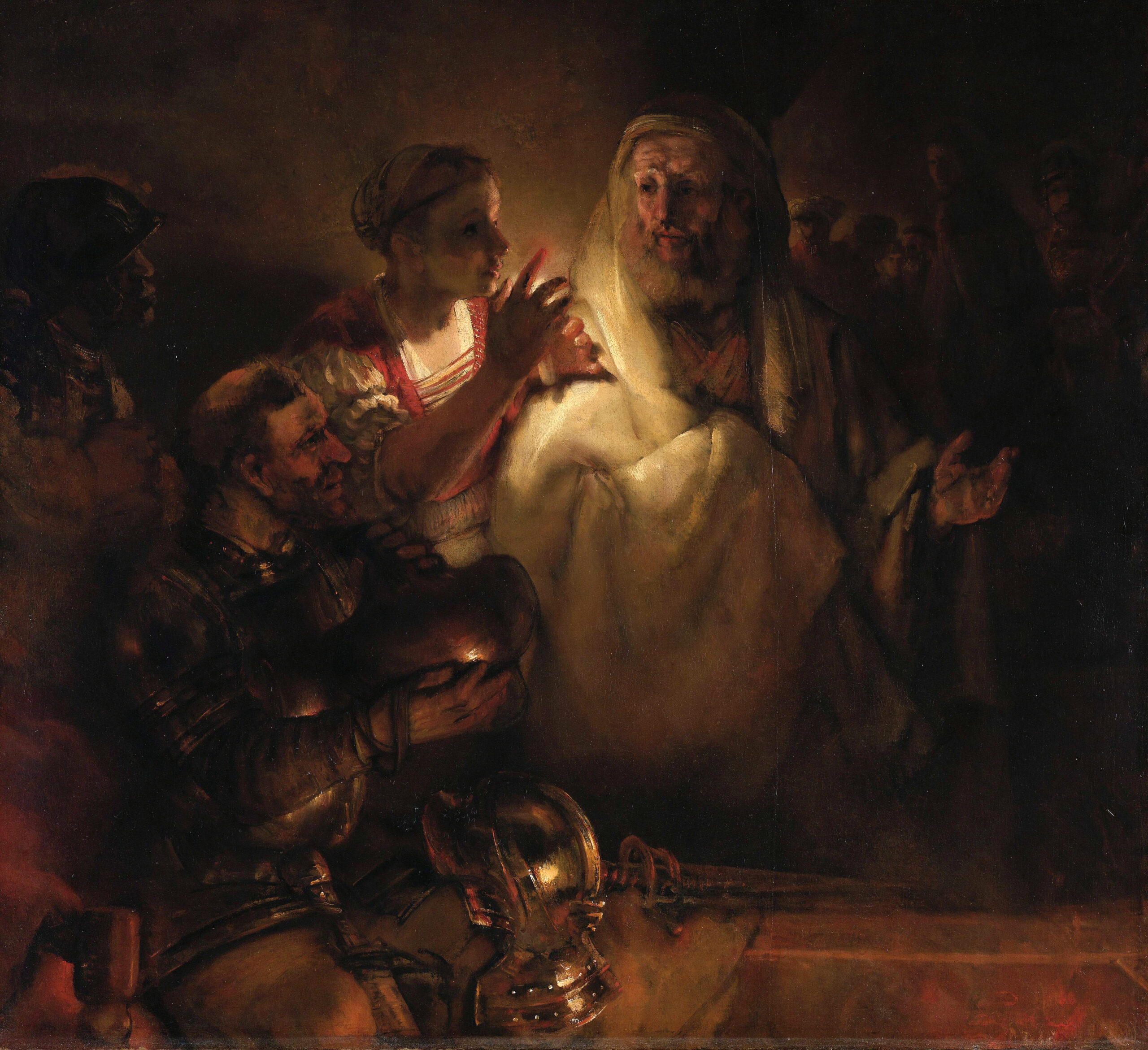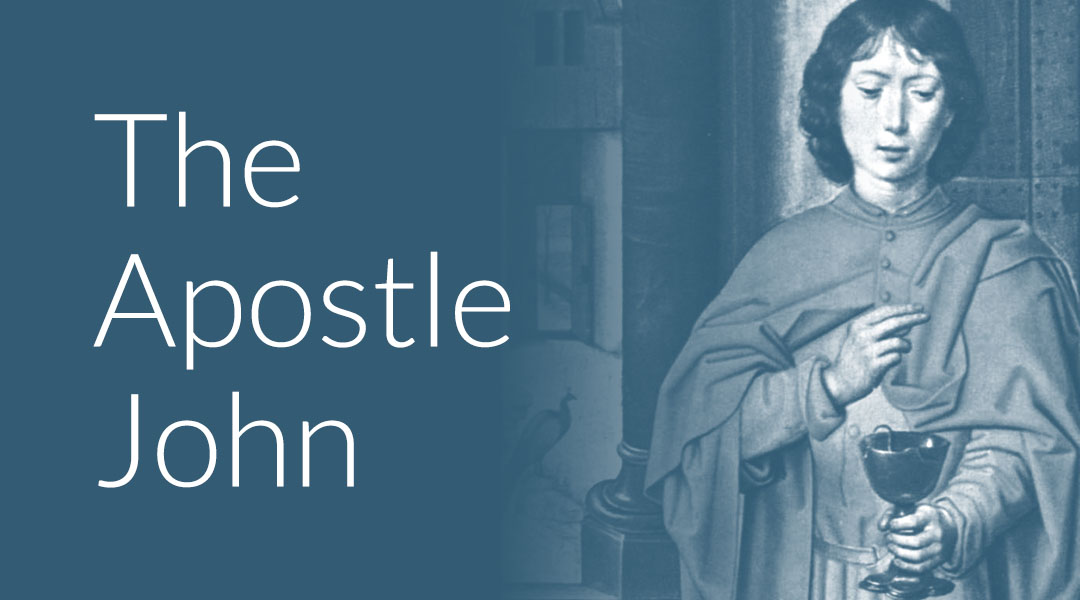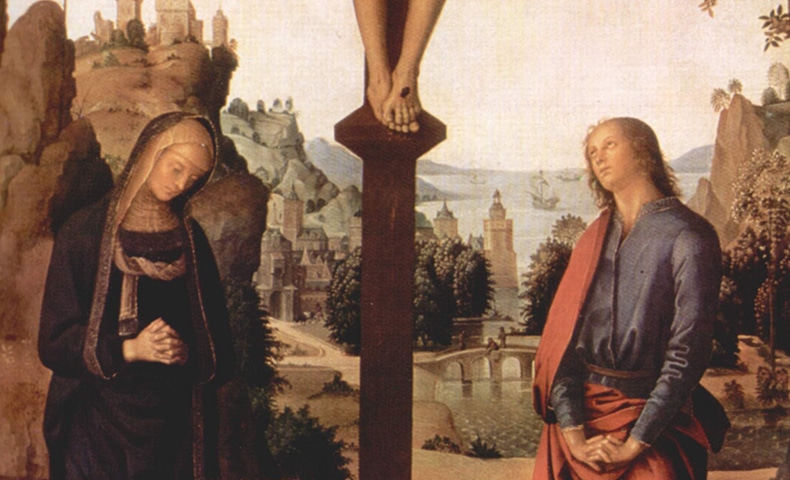
Saint John the Apostle stands as a colossal figure in the annals of Christian history, a personality whose life intersected directly with Jesus of Nazareth and whose presumed writings shaped the very foundations of Christian theology. From his humble beginnings as a Galilean fisherman to his pivotal role in the early Church, John’s story is one of profound intimacy with Christ, fervent dedication, and a legacy that has resonated across millennia. Yet, like many foundational figures, the details of his life and the authorship of the texts attributed to him are subjects of rich tradition and ongoing scholarly inquiry.
His enduring presence in the New Testament, in early Church tradition, and across various cultures underscores his immense significance. As we delve into the depths of his narrative, we uncover not only the stories that have been passed down through generations but also the nuanced discussions and differing perspectives that modern scholarship brings to light. It is a journey into the heart of faith, history, and the continuous quest to understand the men and women who carved out the contours of religious thought.
This in-depth exploration will navigate the complex tapestry of Saint John’s identity, his unique relationship with Jesus, his crucial contributions to the nascent Christian movement, and the profound impact of the Johannine literature traditionally ascribed to him. We will seek to illuminate the historical accounts and theological interpretations that have cemented his status, offering a comprehensive and authoritative overview befitting a figure of such historical and spiritual magnitude.

1. **Early Life and the Call to Discipleship**:John the Apostle was born into a family of Jewish fishermen residing on the picturesque Sea of Galilee, a setting that would intimately connect him with the daily lives of ordinary people and the profound spiritual teachings that emerged from this region. He was the son of Zebedee and the younger brother of James the Great, both of whom would also become integral members of Jesus’ inner circle. Church tradition further posits that their mother, Salome, held a familial connection to Jesus, being considered the sister of Mary, Jesus’ mother, which would make John and James cousins to Jesus.
This familial background provided a foundational context for John’s eventual calling. According to some traditions, John’s spiritual journey may have begun even before his encounter with Jesus, as he is believed to be one of two disciples mentioned in John 1:35–39 who, upon hearing John the Baptist proclaim Jesus as the “Lamb of God,” chose to follow Jesus and spend the day with him. While not explicitly named in this episode, this narrative suggests an early openness to spiritual truth and a readiness to embrace a new path.
The Synoptic Gospels—Matthew, Mark, and Luke—provide a more direct account of Jesus’ call to John and James. They describe Jesus encountering Zebedee and his sons fishing in the Sea of Galilee, subsequently calling Peter, Andrew, and the two sons of Zebedee to follow him. James and John are unequivocally listed among the Twelve Apostles. Jesus notably bestowed upon the pair the epithet “Boanerges,” which translates to “sons of thunder,” a moniker that hints at a certain zealous or impetuous nature, further exemplified by their desire to call down heavenly fire on an unwelcoming Samaritan town, an act for which Jesus rebuked them.

2. **The Inner Circle: Privileged Witness to Jesus’ Ministry**:Within the group of the Twelve Apostles, John, alongside his brother James and Peter, formed an informal triumvirate that enjoyed a uniquely close relationship with Jesus. This special position is consistently reflected in the Gospels and the Book of Acts, where John is invariably mentioned among the first four apostles, often listed second, third, or fourth. This consistent grouping suggests a leadership role and an unparalleled level of access to Jesus during his public ministry.
Their status as an inner circle was not merely nominal; Jesus explicitly allowed only Peter, James, and John to be present at three particularly profound and transformative occasions. These pivotal moments include the Raising of Jairus’ daughter, a miraculous display of divine power over death; the Transfiguration of Jesus, where they witnessed Jesus’ divine glory revealed; and the Agony in the Garden of Gethsemane, a deeply intimate and human moment of spiritual struggle before his arrest. These instances highlight the profound trust Jesus placed in these three disciples, allowing them to bear witness to events of immense theological significance.
Beyond these specific moments, John’s privileged position extended to practical preparations for crucial events. For instance, Jesus dispatched only Peter and John into the city to make the necessary arrangements for the final Passover meal, known as the Last Supper. This detail underscores their reliability and the special confidence Jesus had in their abilities to handle tasks of great import, further solidifying their distinct role within the larger group of disciples. Their consistent inclusion in these critical moments attests to their unparalleled proximity to Jesus’ most sacred experiences.

3. **The ‘Beloved Disciple’: A Relationship of Profound Intimacy**:Many traditions identify John the Apostle with the enigmatic figure referred to as “the disciple whom Jesus loved” (or “whom Jesus loved” in John 20:2) in the Gospel of John. This distinctive phrase, absent from the other New Testament accounts of Jesus, appears six times in the Fourth Gospel and strongly implies a relationship of exceptional intimacy and affection between Jesus and this unnamed disciple. While this identification is debated by some modern scholars, it remains a cornerstone of traditional Christian understanding.
This beloved disciple is depicted at several profoundly intimate moments in Jesus’ final days. At the Last Supper, he is uniquely positioned reclining next to Jesus, a posture that allowed him to lean on Jesus’ chest when Peter, prompted by a desire for information, requested him to ask who would betray Jesus. This scene paints a picture of unparalleled closeness and a shared trust that allowed for such a direct and personal interaction during a moment of immense tension and foreboding.
Perhaps the most poignant depiction of this intimate bond occurs at the foot of the cross on Calvary. The “beloved disciple” is notably the sole apostle who remains near Jesus in this harrowing hour, alongside the myrrhbearers and other women. In a profound act of care and trust, Jesus, from the cross, entrusts his mother, Mary, into the care of this disciple, saying, “Woman, here is your son,” and to the disciple, “Here is your mother.” This act establishes a new familial bond, highlighting the deep personal connection and unwavering loyalty of the beloved disciple, who took Mary into his care as Jesus’ last legacy.

4. **Shaping the Early Church: John’s Post-Ascension Leadership**:Following Jesus’ Ascension and the transformative descent of the Holy Spirit at Pentecost, John, in close collaboration with Peter, assumed a prominent and guiding role in the nascent Christian community. Their leadership was instrumental in the foundational stages of the church, as they navigated the initial challenges and opportunities of establishing the messianic community in Jerusalem and beyond. Their actions are consistently recorded in the Book of Acts, showcasing their shared authority and commitment.
Together, John and Peter performed significant acts that demonstrated their apostolic authority and the power of the Holy Spirit at work through them. They were present at the healing of the lame man at Solomon’s Porch in the Temple, a miraculous event that garnered significant public attention and led to their subsequent arrest and imprisonment. Even in adversity, their unity and conviction were evident, as they faced persecution together, reaffirming their shared dedication to the burgeoning Christian faith.
Their influence extended beyond Jerusalem. Later, Peter and John were specifically dispatched to visit the newly converted believers in Samaria, a mission that underscores their recognized authority and their role in expanding the reach of the Gospel message to new regions. This joint ministry cemented their status as foundational leaders, actively participating in the growth and consolidation of the early church. Paul, in his letter to the Galatians, further validates John’s prominence by explicitly recalling that John, along with Peter and James the Just, were collectively recognized as the three “Pillars of the Church,” acknowledging their crucial role in shaping the early Christian movement and validating Paul’s own apostolic preaching.

5. **The Gospel of John: Tradition, Scholarship, and Distinctive Narrative**:Church tradition has steadfastly held that John the Apostle is the author of the Gospel of John, a profound and theologically rich account that stands distinct from the Synoptic Gospels. Internally, the Gospel credits its authorship to the “disciple whom Jesus loved” in John 20:2, and John 21:24 explicitly claims that the entire work is based on the written testimony of this “Beloved Disciple.” For centuries, this traditional view was widely accepted, forming a cornerstone of Christian understanding regarding the origin of this pivotal biblical text.
However, the authorship of the Johannine works, particularly the Gospel, has been a subject of scholarly debate since around the year 200 AD. While some modern scholars, such as Colin G. Kruse, continue to affirm traditional authorship, the majority of contemporary critical scholars express significant doubts, with many concluding that John the Apostle wrote none of them. This division reflects a rigorous academic approach that scrutinizes textual evidence, historical context, and stylistic differences to evaluate traditional claims.
The Gospel according to John differs considerably from the Synoptic Gospels, which were likely written decades earlier. Its unique theological focus, distinct narrative style, and different chronological presentation of Jesus’ ministry—speaking of Jesus primarily in the year following the imprisonment and death of John the Baptist—suggest a separate literary tradition or a later theological development. Modern scholars often place the composition of the Gospel of John in the latter third of the first century AD, with earliest possible dates ranging from AD 65–85, and some even suggesting as late as AD 90–100, a period well after the traditional lifetime of an eyewitness disciple.
Moreover, mainstream Bible scholars generally assert that the Gospel of John was penned by an anonymous author, rather than a direct eyewitness. While some, like Paul N. Anderson and F. F. Bruce, argue that the Gospel contains direct claims to eyewitness origins, others, including Bart Ehrman, contend that the text nowhere explicitly claims to have been written by direct witnesses to the reported events. The New Oxford Annotated Bible (2018) posits that it was more probably written by a disciple of John son of Zebedee, possibly the Beloved Disciple or someone who recorded his dictation, indicating a recognition of an authoritative tradition without necessarily attributing direct authorship to the Apostle himself.

6. **The Johannine Epistles: Exploring Authorship and Theological Connections**:Beyond the Gospel, John the Apostle is traditionally held to be the author of three other books of the New Testament—the First, Second, and Third Epistles of John. These letters, often grouped with the Gospel of John as the “Johannine works,” share distinctive theological themes, vocabulary, and stylistic elements that suggest a close literary relationship among them. This connection has led many Christian denominations to believe in a common authorship for these texts.
Scholarly consensus, even among those who dispute the authorship of the Gospel by John the Apostle, generally agrees that all three epistles were written by the same author. The linguistic and theological continuities across the epistles are strong, pointing towards a singular mind or school of thought behind their composition. However, there is widespread disagreement among scholars as to whether the author of these epistles was also the same as the author of the Gospel. Eusebius, in his 4th-century Ecclesiastical History, noted that while the First Epistle and the Gospel were widely agreed upon as John’s, the consensus was that the second and third epistles were penned by “some other John,” specifically John the Elder.
Indeed, Sophronius of Jerusalem around 600 AD similarly noted that “two epistles bearing his name… are considered by some to be the work of a certain John the Elder.” This early divergence in opinion highlights the complexity of attributing authorship in the ancient world, especially when multiple individuals shared the same common name. While the precise identity of the author of the epistles remains a subject of ongoing discussion, the strong internal evidence for a shared authorship among the three letters themselves is widely accepted, underscoring their unified theological message within the broader Johannine tradition. The debate about their relationship to the Gospel of John continues to enrich scholarly understanding of the New Testament’s development.” , “_words_section1”: “1940




